There are few wine regions that don’t harbor dreams of becoming the next Napa Valley. Stellenbosch might be an exception, if only because it’s nearly already reached that status. South Africa’s second oldest settlement, the wine region is home to incredible vineyards, the center of wine tourism, and the University of Stellenbosch, a leading wine university (which I wish I knew about when applying to colleges).
A district of South Africa’s Coastal Region and just 25 miles east of Cape Town, Stellenbosch unfurls before arresting granite mountains that, at 600-million-years-old, are more than three times the age of Napa’s soil. Plantings commenced in the 1690s, thanks to French Huguenots who meandered over from the Cape and saw a perfect place to get their vino on.
With vineyards blanketing the rolling hills, there’s plenty of opportunity for variation in wine, but the king varietal is Cabernet Sauvignon. It’s often blended with Merlot for an end result that can hold its own against Bordeaux. Shiraz and Chenin Blanc also grow prolifically, and Pinotage, a blend of Pinot Noir and Cinsaut, calls South Africa home.
The hills and accompanying mesoclimates make for a great deal of variety along with fairly ubiquitous granite and sandstone soils with high clay contents. Brisk afternoon winds cool the grapes after hot mornings, and the closer you are to the refreshing breeze of the ocean, the more white varietals you’ll find.
It’s a mecca of outstanding terroir and equally outstanding wine and bears the crux that accompanies all good reputations: a hoard of producers have descended upon it, meaning you have to know your stuff to ensure you’re getting a bottle that lives up to the hype. Stellenbosch is officially divided into 7 wards – Banhoek, Bottelary, Papegaaiberg, Polkadraai Hills, Devon Valley, Jonkershoek Valley and Simonsberg-Stellenbosch – and unofficially divided into places like Somerset West, Helderberg and Stellenboschkloof. Here are some of the stand-outs:
Banhoek
Simonsberg-Stellenbosch’s neighbor. Small and cool, the region produces juicy Cabernet and Merlot blends, but its whites are what really merit the spotlight. Look to Banhoek for Chardonnays and Chenins with pops of acidity balanced by notes of sweeter tropical fruits and vanilla.
Jonkershoek Valley
The Jonkershoek Valley is the rare exception where the place trumps the wine. The Jonkershoek Nature Reserve is lush with 9,600 of the recorded species in the Cape Floral Kingdom and thousands of species that you can’t find anywhere else in the world. And since beautiful sights should be accompanied by beautiful wines, pair the view with peppery Syrah and Cabernet Sauvignon and floral, creamy Chardonnays and white wine blends.
Simonsberg-Stellenbosch
One of the leading wards, Simonsberg-Stellenbosch’s reddish clay soils produce wines that require time. If you don’t wait a couple of years to drink their smoky, cedar-heavy Bordeaux blends and Syrahs, you’re going to be grappling with a lot of tannins. If patience is a virtue you can’t apply to wine, the region offers a creamy blend of Chenin Blanc, Sauvignon Blanc and the Portuguese Verdelho, which is particular to the area and is rich with notes of apple and almond.
Somerset West
Somerset West may be unofficial, but its wine and views are on-par with designated wards. At Somerset, you don’t have to compromise: soak in views of the ocean and the towering mountains, find age-worthy, smoky Cabernet and Merlot blends that put Italian Super Tuscans to shame while sipping on whites and rosés that go down easy and don’t require you to wait to drink.
Can’t pick just one area? You’re in good company. Stellenbosch is home to South Africa’s oldest wine routes, where you can sample wine from 40 of the region’s 60 estates. Established in 1971, the wine route is also populated by restaurants, horseback riding and walking trails and galleries and museums. There’s also a yearly festival that showcases the best of Stellenbosch’s wine, food and entertainment.
Can’t make it overseas? Bring a taste of Stellenbosch into your living room with our new Lekker Rosé, a crisp wine from Eikendal Wine Estate.

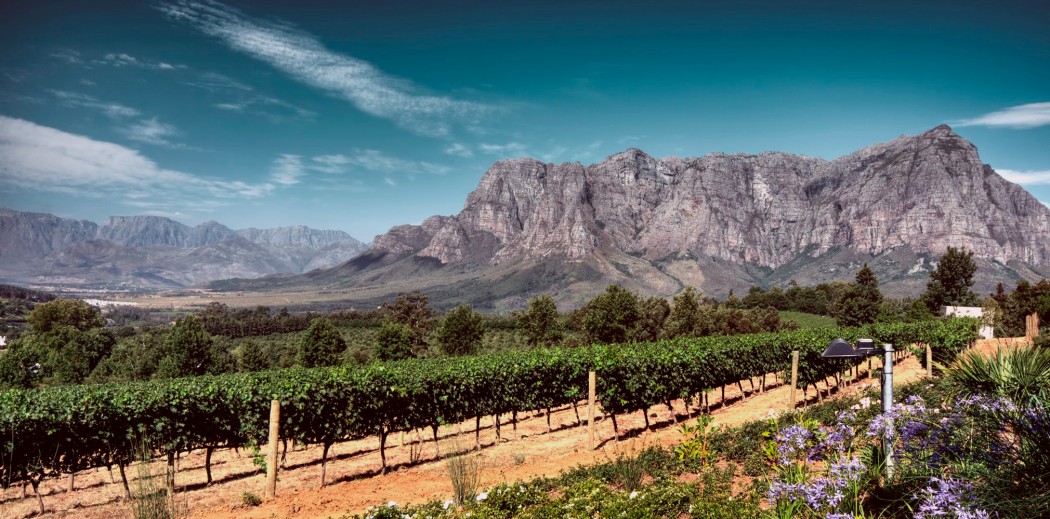


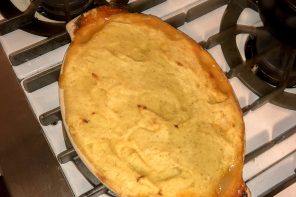
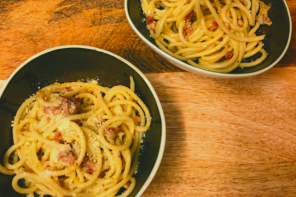
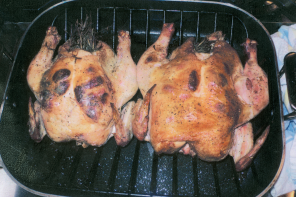

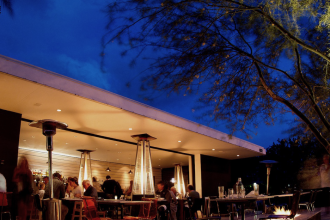
It’s Banhoek NOT Banghoek!!